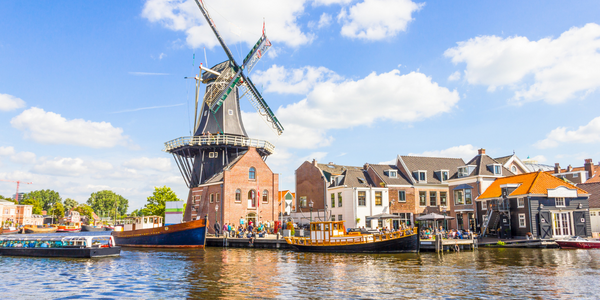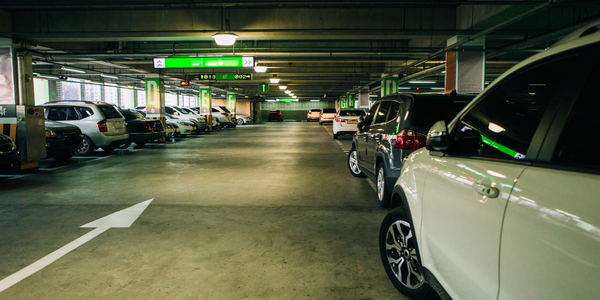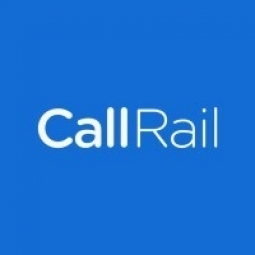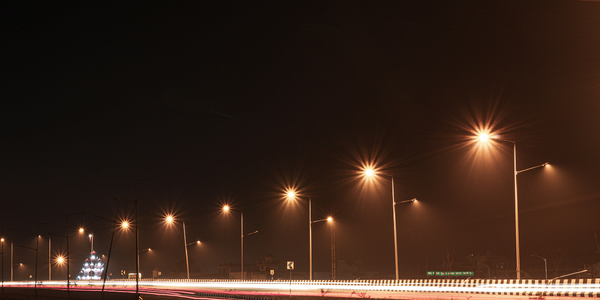Technology Category
- Analytics & Modeling - Real Time Analytics
- Robots - Wheeled Robots
Applicable Industries
- Cities & Municipalities
- Telecommunications
Use Cases
- Real-Time Location System (RTLS)
- Track & Trace of Assets
About The Customer
The customer in this case study is the Family Resource Centers for Washoe County School District in Reno, Nevada. The centers are spread across five locations and provide basic needs like food, clothing, shelter, hygiene, and other support to children and their families across the 116-school district. The executive director of the centers is Wylie Evanson. The centers were facing challenges in tracking incoming calls and managing the demand for resources. They were also under pressure from grantees who wanted to understand the call patterns and the demand for resources.
The Challenge
Wylie Evanson, the executive director at the Family Resource Centers for Washoe County School District in Reno, Nevada, was facing a significant challenge in tracking incoming calls and managing the demand for resources across the district's five centers. The centers, which provide basic needs like food, clothing, shelter, hygiene, and other support to children and their families across the 116-school district, were not using any program to track incoming calls. The existing system involved either not tracking the calls or manually writing down the caller's name and phone number on a paper sheet. This lack of a systematic approach made it difficult to analyze call volumes, identify the location with the most clients, and determine the area with the highest need. The grantees were also interested in understanding the call patterns and the demand for resources.
The Solution
To address these challenges, the Family Resource Centers turned to CallRail, a call tracking system. CallRail's call flows made it easy to track the demand for resources. When clients called in, the system allowed the team to customize their name and number and track the services they were inquiring about. It also helped route them to the closest location based on their residence. CallRail's reporting and analytics feature provided real-time demand for resources, which was presented in an easy-to-understand graphical format. The team used reports like the Missed Calls report to identify families that were falling through the cracks and develop strategies for timely follow-up. The data from CallRail also gave the Family Resource Centers a competitive edge when writing reports and applying for grants. Furthermore, the Lead Center Mobile App from CallRail enabled the team to connect with their community in a more technologically advanced way, especially during the pandemic when remote schooling made it difficult to connect with students and their families.
Operational Impact
Quantitative Benefit

Case Study missing?
Start adding your own!
Register with your work email and create a new case study profile for your business.
Related Case Studies.

Case Study
Turning A Stadium Into A Smart Building
Honeywell created what it called the “intelligent system” for the National Stadium in Beijing, China, turning the venue for the opening and closing events at the 2008 Summer Olympics into a “smart building.” Designed by highly controversial artist Ai Weiwei, the “Bird’s Nest” remains one of the most impressive feats of stadium architecture in the world. The 250,000 square meter structure housed more than 100,000 athletes and spectators at a time. To accommodate such capacity, China turned to Honeywell’s EBI Integrated Building Management System to create an integrated “intelligent system” for improved building security, safety and energy efficiency.
.png)
Case Study
Smart Street Light Network (Copenhagen)
Key stakeholders are taking a comprehensive approach to rethinking smart city innovation. City leaders have collaborated through partnerships involving government, research institutions and solution providers. The Copenhagen Solutions Lab is one of the leading organizations at the forefront of this movement. By bringing together manufacturers with municipal buyers, the Copenhagen Solutions Lab has catalyzed the development and deployment of next-generation smart city innovations. Copenhagen is leveraging this unique approach to accelerate the implementation of smart city solutions. One of the primary focus areas is LED street lighting.

Case Study
Buoy Status Monitoring with LoRa
The Netherlands are well-known for their inland waterways, canals, sluices and of course port activities. The Dutch Ministry of Infrastructure indicates that there are thousands of buoys and fixed items in and near water environments that would profit from IoT monitoring. One of the problems with buoys for example, is that they get hit by ships and the anchor cable breaks. Without connectivity, it takes quite some time to find out that something has happened with that buoy. Not to mention the costs of renting a boat to go to the buoy to fix it. Another important issue, is that there is no real-time monitoring of the buoys at this moment. Only by physically visiting the object on the water, one gains insight in its status.

Case Study
Barcelona Case Study
Barcelona’s heavy traffic and its associated high levels of pollution were the primary factors that motivated some companies and universities to work on strategies for improving traffic in the city centre. Bitcarrier is one of the technologies involved in the In4Mo Project, whose main objective is to develop the applications that form the core of smart mobility, one of the fundamental pillars of the smart city concept.

Case Study
China Mobile Smart Parking
Smart Parking, powered by NB-IoT technology, is making it easier for drivers to find free parking spots. Cities can better manage their parking assets and maximize the revenue available to them as a result. Drivers searching for parking create congestion and pollution by circling and hunting for available parking. Smart Parking services are able to significantly ease these problems by guiding a driver directly to a parking space.








